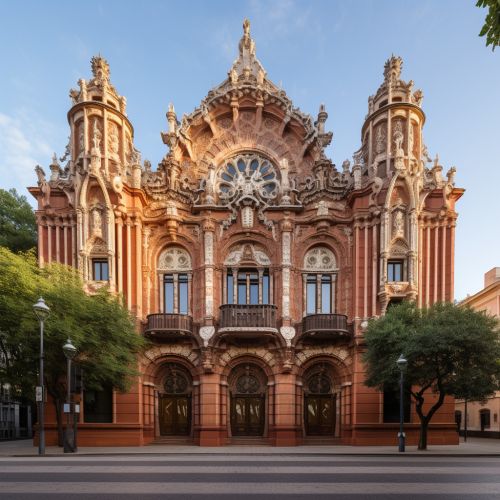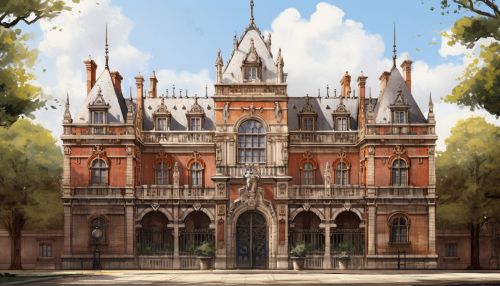Natural History Museum, London
Overview
The Natural History Museum in London is one of the most prominent and internationally recognized museums dedicated to the study and exhibition of the natural world. It houses vast research collections of over 80 million items within five main collections: botany, entomology, mineralogy, paleontology, and zoology. The museum is particularly famous for its exhibition of dinosaur skeletons and ornate architecture, designed by Sir Alfred Waterhouse.


History
The Natural History Museum was officially established in 1881, although its origins can be traced back to the collection of Sir Hans Sloane, an Irish physician and naturalist. His collection, which included over 71,000 objects of natural history, was purchased by the British government in 1753. This collection formed the basis of the British Museum, which later split into separate entities, one of which is the Natural History Museum.
Architecture
The museum's building, designed by Sir Alfred Waterhouse, is a stunning example of Romanesque Revival style. The use of terracotta for the building was innovative for its time and provided a practical solution to the deteriorating effects of London's polluted air on the more commonly used Portland stone. The terracotta tiles were resistant to the acidic conditions and allowed for intricate, detailed carvings that have withstood the test of time.
Collections
The Natural History Museum's collections are vast and varied, spanning millions of years and encompassing a wide range of disciplines. The collections are divided into five main departments: botany, entomology, mineralogy, paleontology, and zoology.
Botany
The botany collection at the Natural History Museum is one of the largest and most important of its kind in the world. It contains over 5 million specimens, including a comprehensive collection of British and Irish flora, as well as significant collections from other regions of the world.
Entomology
The entomology collection is equally impressive, with over 34 million specimens. This collection includes insects from all orders and most families, making it one of the most comprehensive collections of insects in the world.
Mineralogy
The mineralogy collection contains over 200,000 specimens, including a comprehensive collection of British minerals and an extensive collection of meteorites.
Paleontology
The paleontology collection is one of the most comprehensive in the world, with over 9 million specimens. It includes a vast range of fossils, from single-celled organisms to the remains of dinosaurs and other large mammals.
Zoology
The zoology collection is the largest of the museum's collections, with over 29 million specimens. This collection includes a wide range of animal specimens, from invertebrates to large mammals.
Research and Education
The Natural History Museum is not only a place of exhibition but also a leading research institution. It employs over 300 scientists and supports a wide range of research projects in the fields of taxonomy, identification, conservation, and evolutionary biology. The museum also plays a significant role in public education, offering a variety of programs and exhibits designed to engage and educate the public about the natural world.
